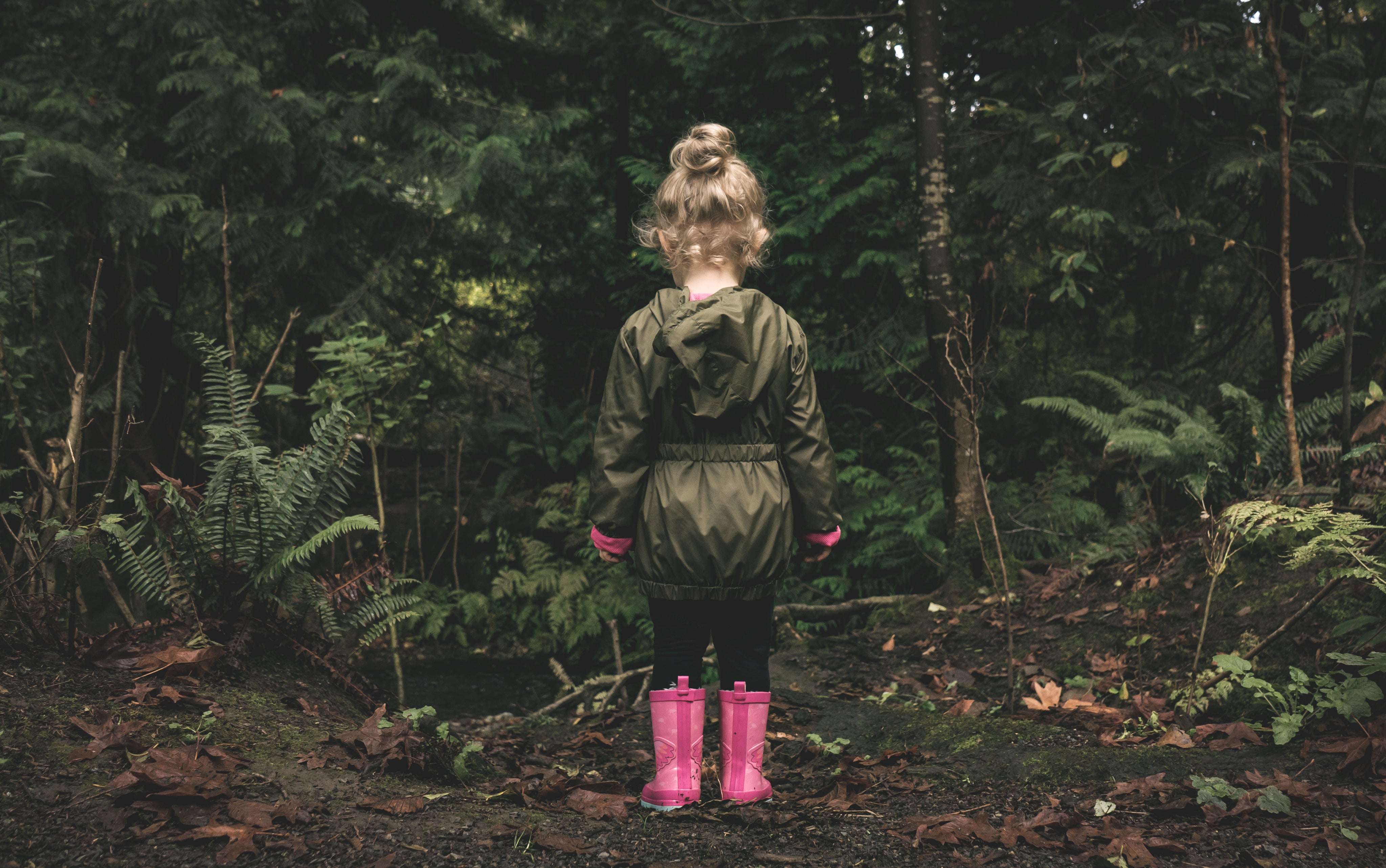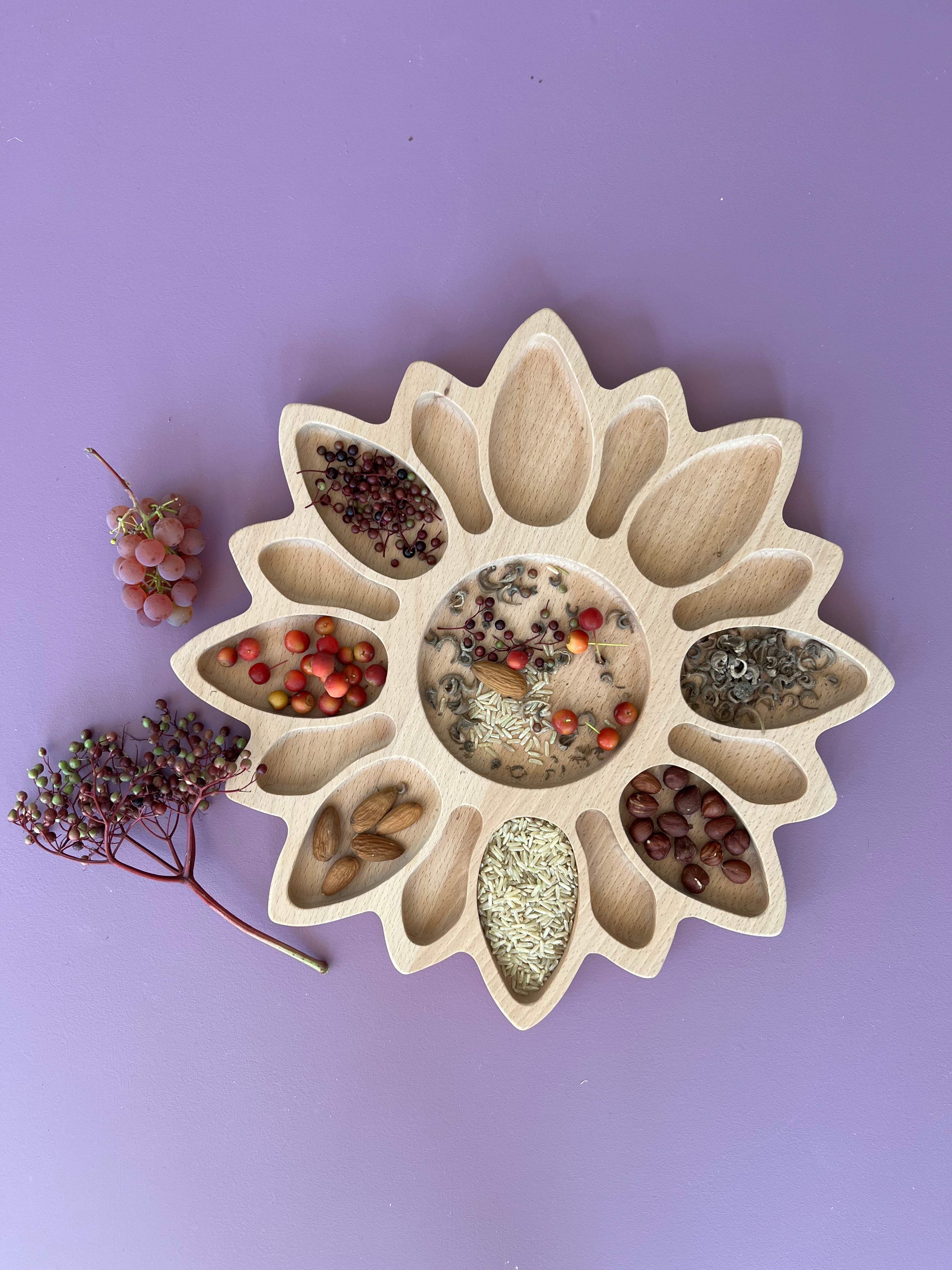
Montessori at home
Stimulating environment
Invite your child to explore and learn in an open space. Display a variety of toys and learning materials so your child can choose what they want to do. Shelves and furniture at child height make it easy for your child to find what they want to do and put it back when they are done.
A room without too many toys helps create harmony. Feel free to vary the toys and activities you have on hand.
montessori at home
Respect your child's work and play
Give your child time to puzzle at their own pace, and avoid interrupting unnecessarily. What seems random to us adults can be an important part of your child's learning process. By giving your child the opportunity to complete their activities and clean up afterwards, we establish good routines. Remember that there doesn't always have to be a specific goal for what your child is doing.
montessori at home
Open questions and wonder
A question doesn't always need an answer. Children are amazed by the big and small things in life, and that wonderful wonder can be used as a starting point for great conversations. Let the wonder live and feel free to ask open-ended questions when it suits you. It can also be meaningful to write down what you are wondering about in a book and look for the answers together.

practical examples
Stimulating environment
- Open shelves with a small selection of toys, and baskets containing what is needed for an activity. This could be paper and painting supplies, beads, or animals and matching word cards.
- Screw up hangers at child height, so that the child can hang up their clothes themselves.
- Decorate the surroundings with living plants that the child can be responsible for caring for.
concrete tips
Respect your child's work and play
- Avoid helping your child with a task they can do themselves. This often means putting up with messes and messes, but the child's self-esteem is strengthened with each experience of mastery.
- Make room for play in everyday life. When we don't fill our time with organized activities, unexpected things can happen.
- Although it can be difficult in a busy everyday life, it is good when we manage to be present in the moment with our child.
practical examples
Open questions and wonder
- Instead of giving a direct answer, you can confront the child with a counter-question that can open a conversation about the topic.
- When your child is engaged with a topic, you can collect questions that come up and write them down in a book. Then you can return to the questions and see if you have found any answers.
